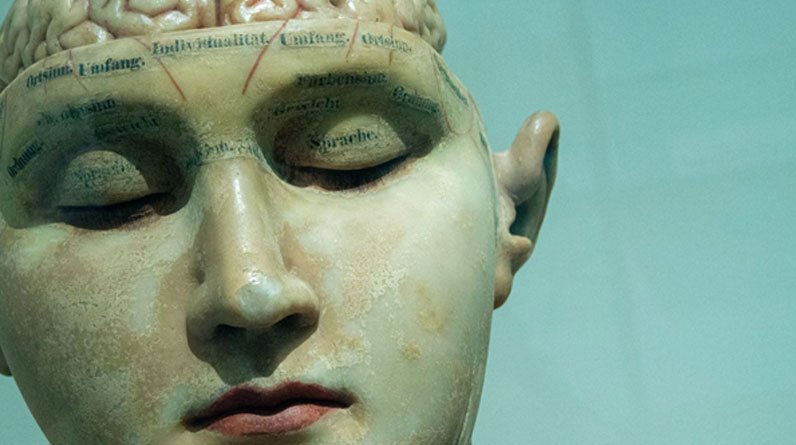
Multiple Sclerosis
Multiple sclerosis (MS) is a medical problem involving the central nervous system (CNS). Although the exact cause of this disease is unknown, scientists believe it is a person’s own immune system that ends up attacking the brain, spinal cord, and optic nerves. Thus, MS can be approached like an autoimmune disorder.
While some people only display mild symptoms, there are severe cases where the person loses all mobility.
Multiple Sclerosis: Concepts
Close to 350,000 Americans are living with MS.
Thankfully, new treatments have shown to be highly effective in slowing down the disease.
But, what is multiple sclerosis exactly?
Well, you now know that MS is considered an autoimmune disorder, but let’s investigate further.
Around the nerve fibers of the central nervous system, you find the myelin sheath, which is there to offer protection to the nerve. However, when the body attacks this sheath, it causes inflammation. As the disease progresses and inflammation worsens, the myelin sheath disappears entirely or gets damaged so badly that it leaves a scar—or a sclerosis.
These lesions affect the:
- Brain stem
- Cerebellum
- Spinal cord
- Optic nerves
- White matter of the brain
The more lesions there are, the higher the likelihood of nerve fibers deteriorating. When this happens, the electrical impulses in the brain don’t fire as they should, and the body struggles to carry out its functions.
There are four types of multiple sclerosis:
Clinically isolated syndrome (CIS): This is the first time in which symptoms are seen, and they last at least 24 hours.
Relapse-remitting MS (RRMS): Close to 85 percent of people with MS are originally diagnosed with this form. RRMS involves an episode a little more severe in nature than the previous ones, followed by a period of remission lasting from a few months to years.
Primary progressive MS (PPMS): The disease gets worse as time goes by without any remission. There may be times of stability, or the person may go through a period where symptoms get significantly worse only to get better again later.
Secondary progressive MS (SPMS): This type of MS includes relapses and remissions, after which the disease will start to advance progressively.
Early Signs of MS
The central nervous system controls the management of the entire body. This means the symptoms of multiple sclerosis aren’t limited to specific parts of the body—they can occur almost anywhere.
The most common symptoms include:
- Muscle weakness
- Bladder problems
- Bowel problems
- Vertigo
- Tremor
- Numbness and tingling
- Lhermitte’s sign (Feeling of electric shock when you move your neck)
- Fatigue
- Sexual dysfunction
- Muscle spasms
- Trouble walking
- Mood changes
- Memory problems
- Pain
Multiple sclerosis affects each individual differently. Some may have only mild symptoms, while others will face disability. However, most will go through times where the symptoms are significantly worse, and these times are often called “flares”.
What Causes Multiple Sclerosis?
The actual cause of MS is still unknown. Scientists have, however, identified several factors that can contribute to the development of this disease.
These include:
Age: MS is primarily diagnosed in people between the ages of 20 and 40 years.
Sex: Women develop MS twice as often as men do.
Genetics: Although there is an aspect of genetics linked to MS, scientists believe that an external trigger is necessary for the disease to progress.
Smoking: Smokers have a higher risk of developing MS.
Infections: Exposure to various viruses increases your risk of getting MS. These viruses include Epstein-Barr, mononucleosis, and human herpes virus type 6. The bacterial infection mycoplasma pneumonia has also been shown to increase the risk of MS.
Vitamin D deficiency: Experts believe that this vitamin affects how the immune system works.
Vitamin B12 deficiency: This vitamin is involved in the production of myelin.
How to Treat MS
Unfortunately, there isn’t a cure for MS, but there are various treatment options available. These treatments will slow the disease down, reduce the number of relapses, and relieve the symptoms.
Treatment options comprise of:
- Medication to slow the disease such as interferon beta and glatiramer acetate
- Medication to relieve symptoms such as corticosteroids
- Physical therapy and rehabilitation
- Plasma exchange.
Final Thoughts
Multiple sclerosis is a disease that can be very taxing on the body, but many of those diagnosed with the disease are still able to maintain mobility with a cane or crutches.
Thanks to the rapid advances in the treatment of MS, this disease is much better managed than in the past. In fact, with the right treatment protocol and with a healthy lifestyle, someone diagnosed with MS can have a normal lifespan.





